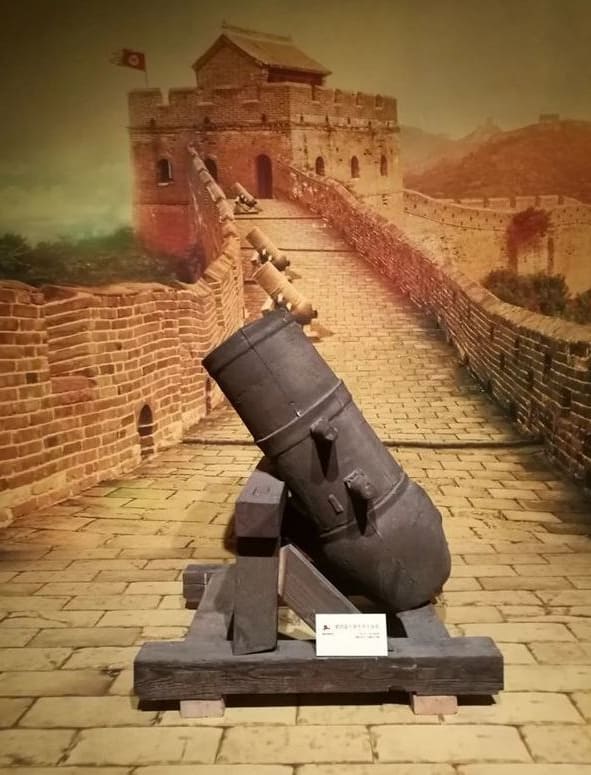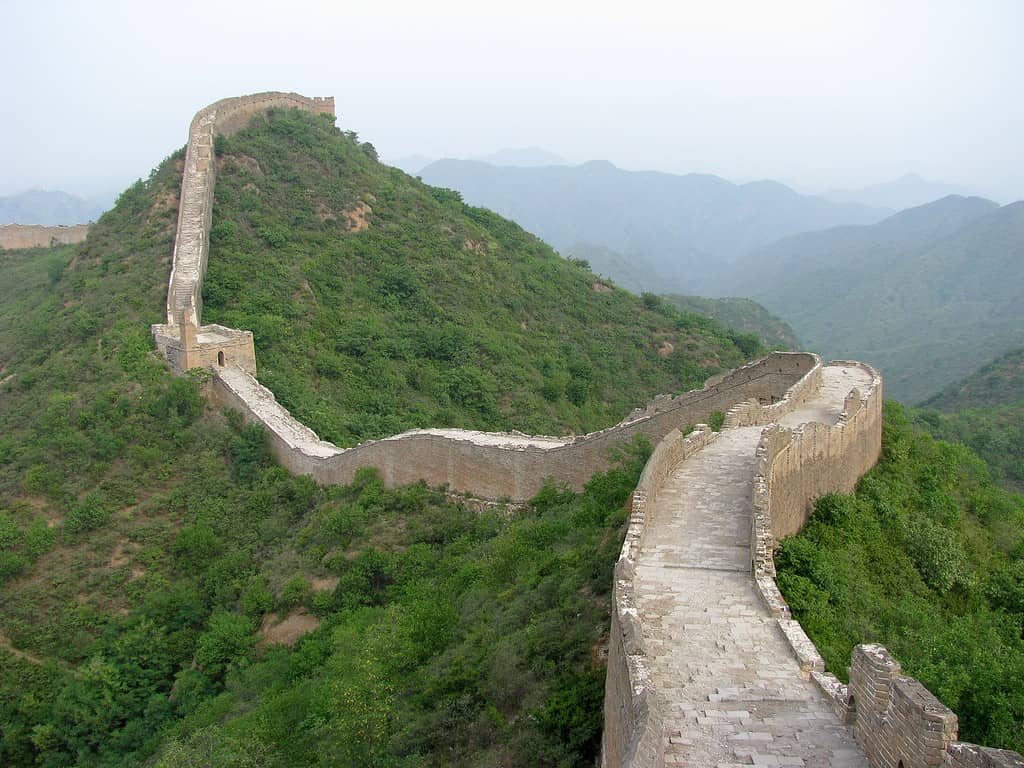
Imagine a historic scene with defenders of the Great Wall of China. There are soldiers on horses, archers are firing, grenades… wait, grenades?! Yep, grenades. Archaeologists in China have uncovered an ancient tools and weapons warehouse, including some surprising explosive projectiles.
In total, archaeologists digging the warehouse have uncovered 59 stone grenades at this site.
“It is the first time that such a weapon storehouse has been found along the Great Wall, changing our previous perceptions,” said Shang Heng, a researcher from the Municipal Institute of Archaeology, for Xinhua.
To the untrained eye, these stone-like objects may not look like much. But they would have been a devastating weapon on the battlefield.

“These seemingly unremarkable stones have a round hole in the center for gunpowder fillings. After filling, they can be sealed and thrown out, which can not only hit the enemy but also cause an explosion to defeat the enemy,” Heng explained.
This is the first time this type of grenade has been found around the Great Wall, but it’s not the first such weapon uncovered in China. In fact, archaeologists have discovered more than 400 similar stone grenades, many belonging to the Ming Dynasty (1368-1644). Bombs in China have an even longer history.

Centuries before the Ming Dynasty, in the 10th century, people in China were using other types of grenades they called ‘thunder crash bomb’ (震天雷), with a shell made of cast iron and filled with gunpowder. The stone grenades would have been the more economical version of that.
The bombs would have had a powerful effect on the battlefield. They would have been launched with catapults in a devastating barrage. A commander by the name of Zhao Yurong described the damage thusly:
“The barbaric enemy attacked the Northwest Tower with an unceasing flow of catapult projectiles from thirteen catapults. Each catapult shot was followed by an iron fire bomb [catapult shot], whose sound was like thunder. That day, the city soldiers facing the catapult shots showed great courage as they maneuvered [our own] catapults, hindered by injuries from the iron fire bombs. Their heads, their eyes, their cheeks were exploded to bits, and only one half [of the face] was left.”

The famous Great Wall of China is a series of fortifications built across the historical borders as protection against various nomadic groups from the Eurasian Steppe. Some sections were built as early as the 7th century BC, but the best-known sections of the wall were built during the Ming Dynasty. Defending the Great Wall would have undoubtedly been a gruesome task at times. Several hard battles were fought around the wall and there was no shortage of enemies. At times, both defenders and attackers had access to explosive weapons.
The excavations also uncovered fire pits and stove sites with various utensils, including pots, plates, bowls, scissors, and shovels — providing insights not only into the fighting around the wall were also uncovered, depicting some of the daily life of the border guards in the Ming Dynasty. Other defense facilities, including a stone fort facility, were also unveiled during their excavation.
Crafted with little resources, these grenades serve as a testament to human ingenuity and ability. But they also bear witness to the tumultuous times and the lengths to which civilizations went to defend their territories. It’s a juxtaposition of the beauty and brutality of our past.
No doubt, human ingenuity can create wondrous things. Hopefully, we use it for more positive things.






